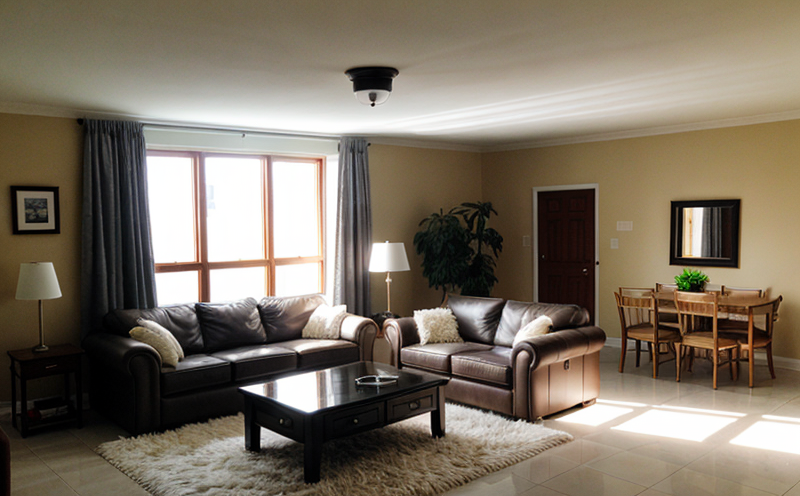UL 1993 Indoor Lighting Safety Testing of Compact Fluorescent Lamps
The UL 1993 standard is a critical regulatory requirement that ensures the safety and reliability of compact fluorescent lamps (CFLs) used in indoor lighting applications. This comprehensive testing protocol covers essential aspects such as electrical performance, thermal management, mechanical integrity, and electromagnetic compatibility to prevent potential hazards like fires or burns.
UL 1993 compliance is mandatory for manufacturers and suppliers looking to enter the North American market where it operates under stringent safety regulations. The standard requires that all CFLs undergo rigorous testing before they can be sold commercially. This ensures not only consumer protection but also enhances brand reputation by demonstrating a commitment to product quality.
The testing process involves several stages, each focusing on different aspects of lamp performance:
- Electrical safety checks
- Thermal cycling to simulate real-world use conditions
- Mechanical stress tests to ensure durability
- EMI/EMC evaluations to minimize interference with other electrical devices
For R&D engineers and quality managers, adhering to these standards helps streamline product development cycles while ensuring regulatory compliance. Proper documentation of test results is crucial for meeting certification requirements and supporting claims made in marketing materials.
The testing criteria outlined in UL 1993 reflect current industry best practices and align with international consensus documents such as IEC 62471-2, which provides guidance on photobiological safety. By adhering to these guidelines, companies can ensure their products meet the highest standards of indoor lighting safety.
Compliance with UL 1993 also offers significant competitive advantages by differentiating products in a crowded market space and building trust among customers who prioritize safety above all else. Additionally, it facilitates smoother international trade by aligning with global regulatory expectations.
| Application | Description |
|---|---|
| Residential Lighting | CFLs in residential settings must pass UL 1993 to ensure they do not pose risks such as fire or electric shock. |
| Office Buildings | Incorporating CFLs into office spaces requires compliance with this standard for safety reasons, especially regarding flicker and color rendering index (CRI). |
| Hospital Rooms | The medical environment demands stringent safety measures; hence, CFLs used here must comply fully. |
| School Environments | Children's exposure to unsafe lighting can lead to various health issues; thus, compliance with UL 1993 is paramount. |
In summary, adherence to the UL 1993 standard is essential for manufacturers aiming to provide safe and reliable CFLs. It plays a crucial role in safeguarding end-users while enhancing business prospects through regulatory compliance.





